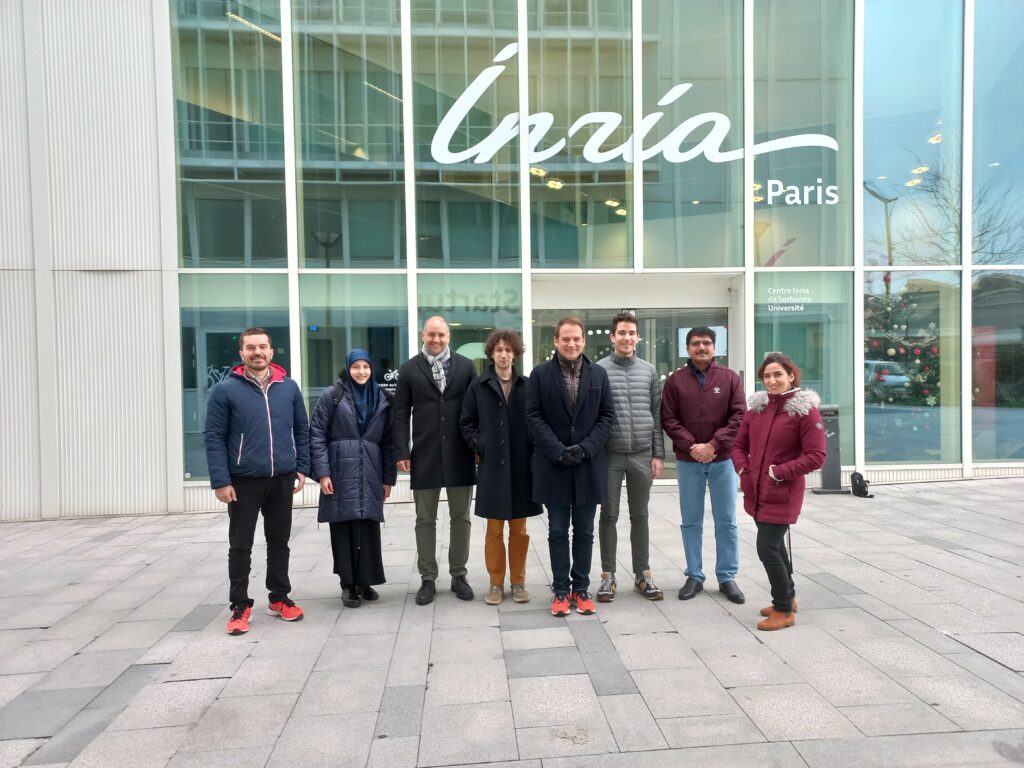from 1-Dec-2022 to 2-Dec-2022
Topics: Spatial Modulation and Beamforming for IRS Assisted MIMO and mmWave Communication.
More information: https://iitgoa.ac.in/ee-faculty-profile/?uid=neelakandan&exp=EE
Presentation in A115 on 1-Dec-2022 10-11am
Title: Spatial Modulation and Beamforming for IRS Assisted MIMO and mmWave Communication.
Abstract:
With the rapid growth of multi-input multi-output (MIMO) systems in wireless communication, several promising technologies which can support ultra-high reliable data services are evolved; viz., spatial modulation (SM) techniques – to offer energy efficient information transfer, intelligent reflecting surfaces (IRS) – to enhance the coverage and higher beamforming gain, full-duplex (FD) communication- to offer a higher transmission rate and mmWave communication – to operate at wide transmission bandwidth.
The portrayal of traditional MIMO architecture in massive MIMO (mMIMO) systems requires a dedicated radio frequency (RF) chain for each antenna element, which results in an immense amount of hardware complexity and power consumption. In this context, spatial modulation (SM) was evolved by restricting the number of RF chains. Intelligent reflecting surface (IRS) aided communication has been envisioned as a pragmatic technology to improve spectral efficiency and signal power at the receiver with the help of large reconfigurable reflecting elements using minimal energy and cost. IRS is amalgamated with SM technologies to take advantage of both TSM and RSM. On the other hand, FD systems offer huge benefits over half duplex (HD) systems in terms of higher capacity, reduced feedback overhead, and latency.
Further, it has been envisioned that amalgamating mMIMO systems at the millimeter-wave (mmWave) band can pave the way for catering to future wireless data demands. The bandwidth available at sub-6 GHz frequency bands becomes saturated due to the lack of available spectrum. Such a huge demand for bandwidth necessitates 5G wireless communication systems to use mmWave frequencies as one of the promising 5G technologies. The talk would also discuss the recent works of the speaker with his research team as follows:
· Multi-user Downlink SM-NOMA: A downlink multi-user (MU) generalized spatial modulation (GSM) aided non-orthogonal multiple access (MU-GSM-NOMA) transmission technique for mmWave communications with analog spatially modulated beams.
· IRS Assisted Transceiver QSM: Quadrature spatial modulation (QSM) in both transmitter and receiver with the assistance of an intelligent reflecting surface (IRS), which is referred to as IRS-transceiver QSM (IRS-TQSM). The receiver processing algorithm was proposed in the compressive sensing (CS) framework.
· FD-IRS-HSM: An intelligent reflecting surface (IRS)-assisted hybrid transmit-receive spatial modulation (HSM) for full-duplex (FD) multi-input multi-output communication, referred to as FD-IRS-HSM. In the proposed FD-IRS-HSM, the FD communication between two users is accomplished with a dedicated IRS for each user.
· IRS-JSRM: an active-intelligent reflecting surface (IRS) assisted joint spatial and reflecting modulation (IRS-JSRM) system with sub-connected architecture in which several reflecting elements are grouped into panels, and the elements within a panel have the same amplification factor but different reflection angles. Transmit and receive spatial modulation are employed at the base station (BS) and user equipment (UE) by activating a set of transmit antennas and selecting a receiver antenna. Further, only a subset of panels is switched to the ON state in the active IRS, which is determined by the information bits and thus invokes reflecting modulation.







